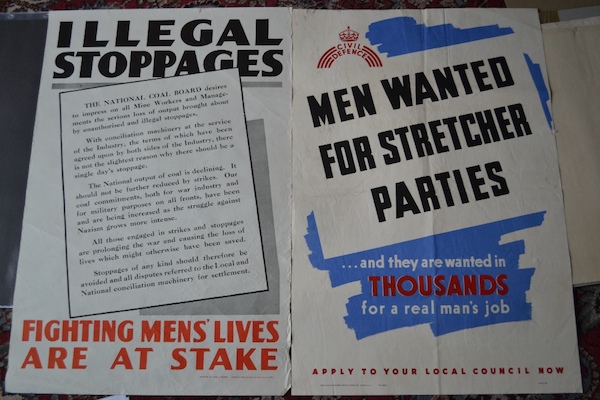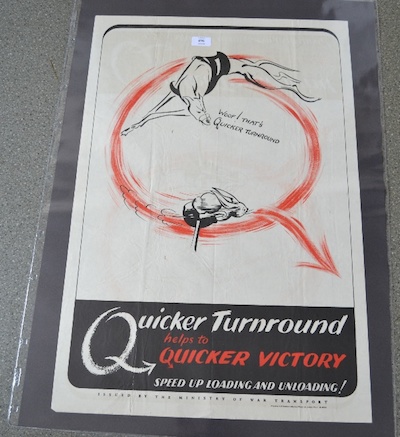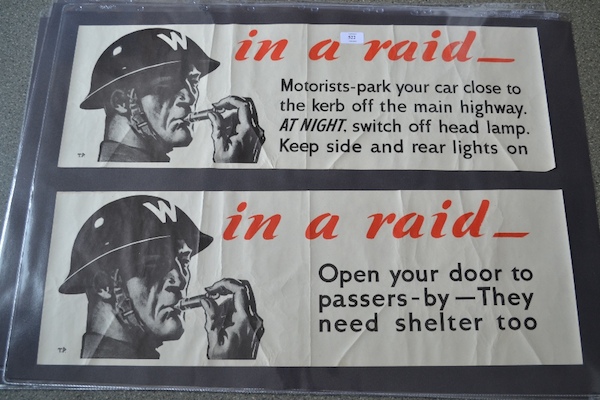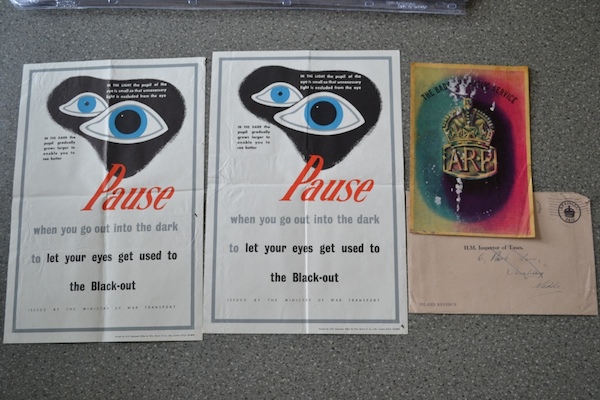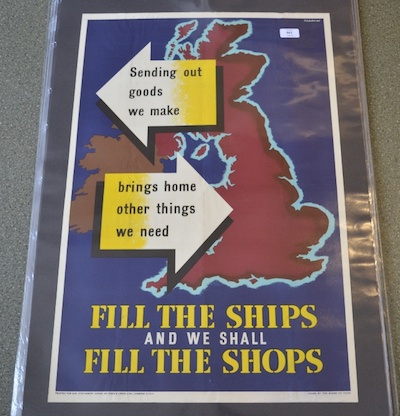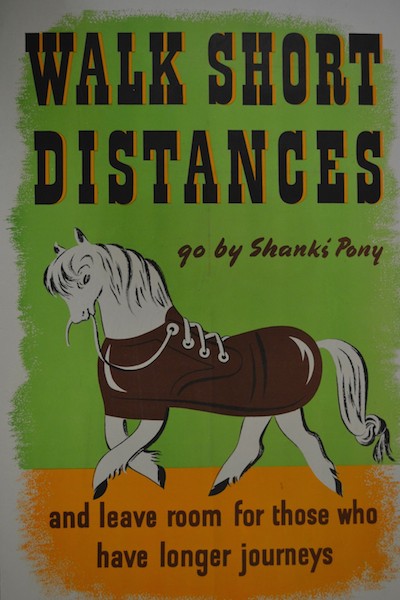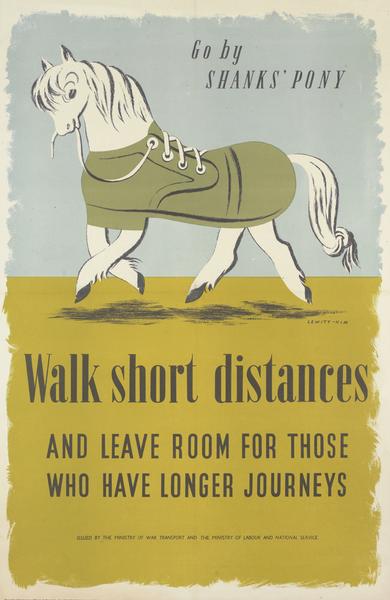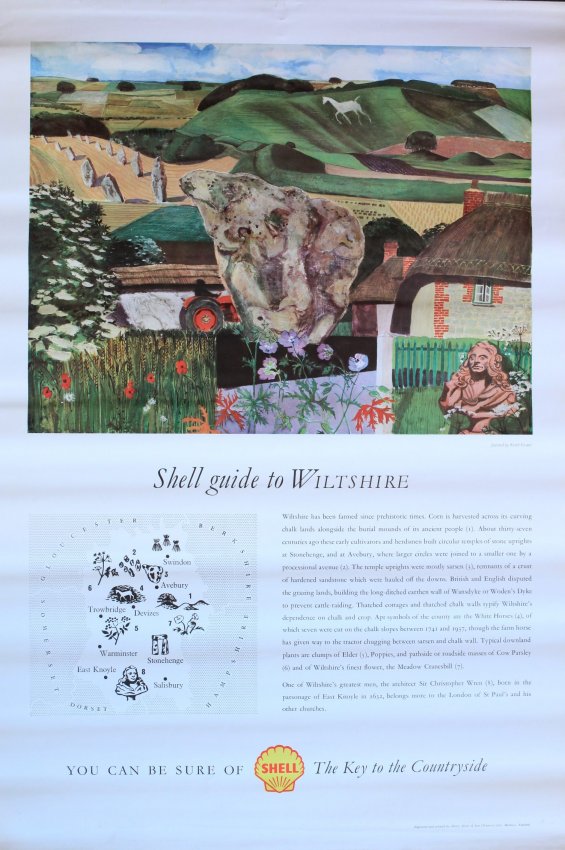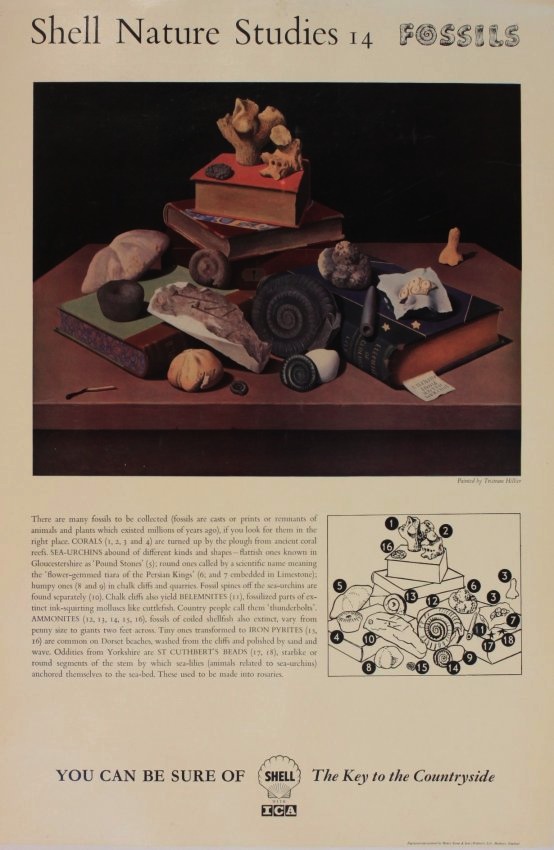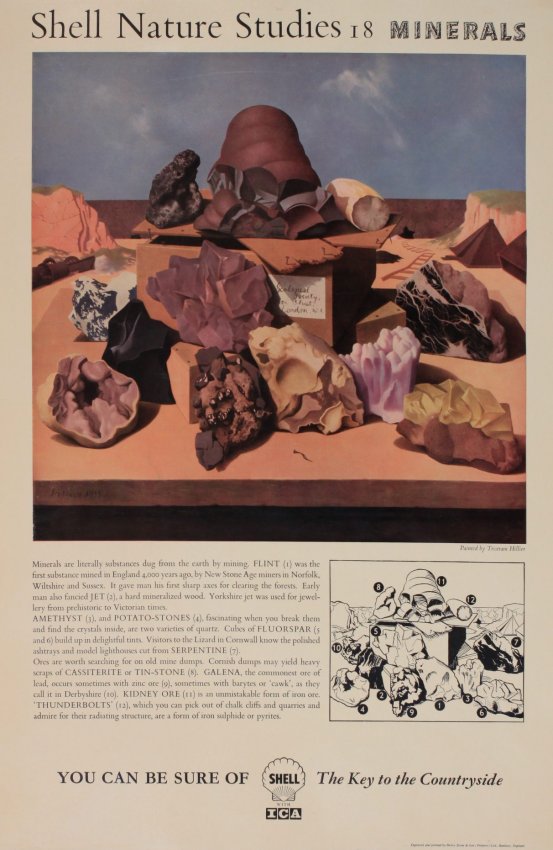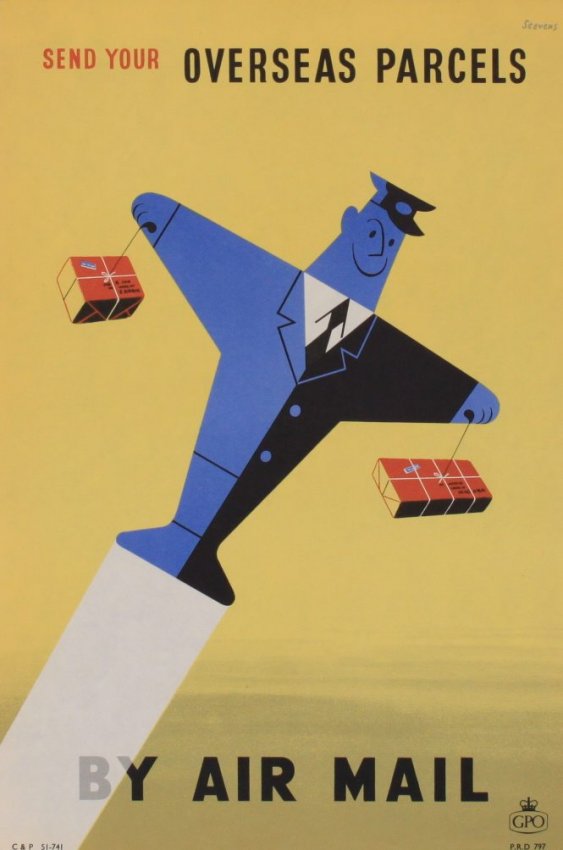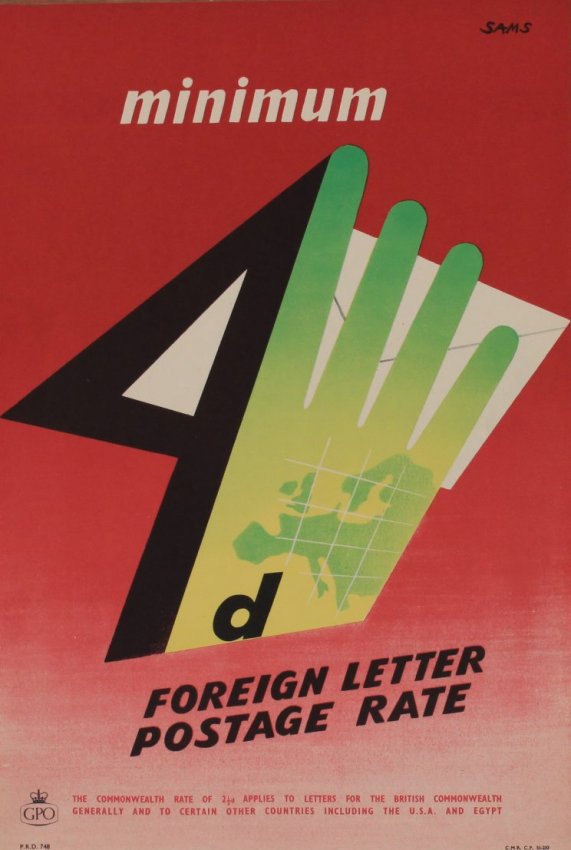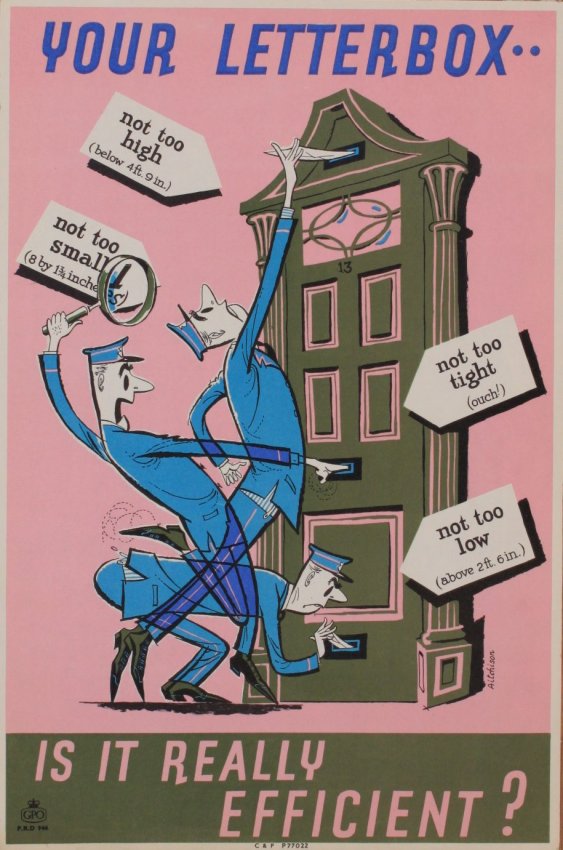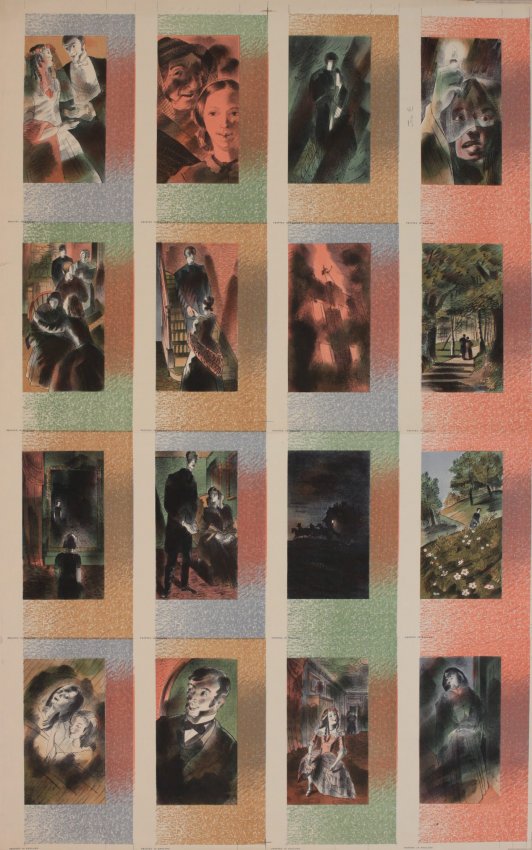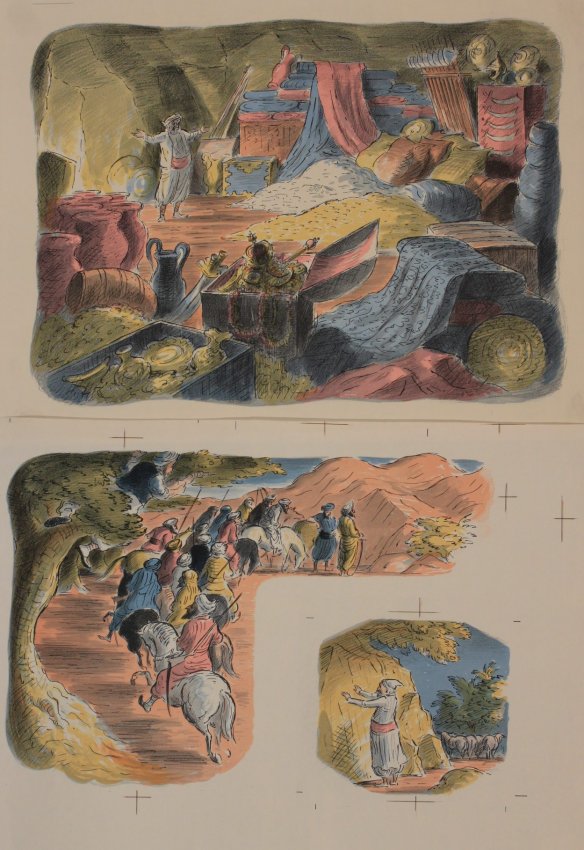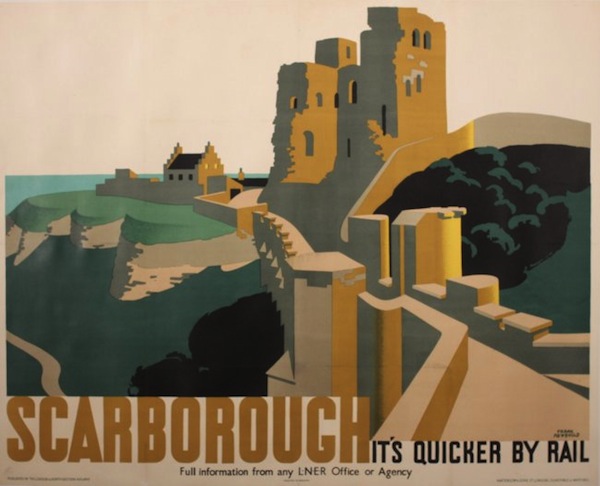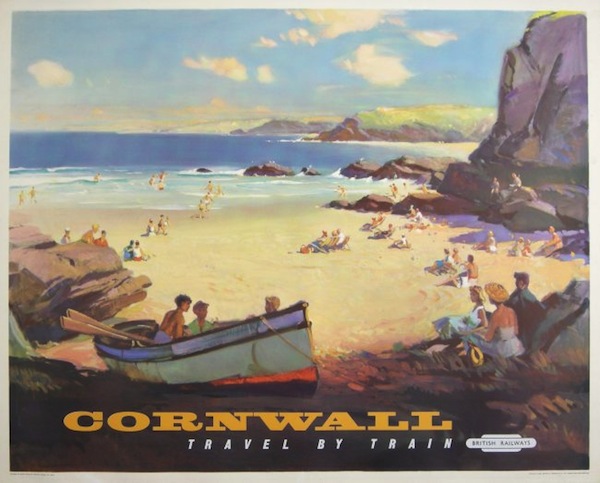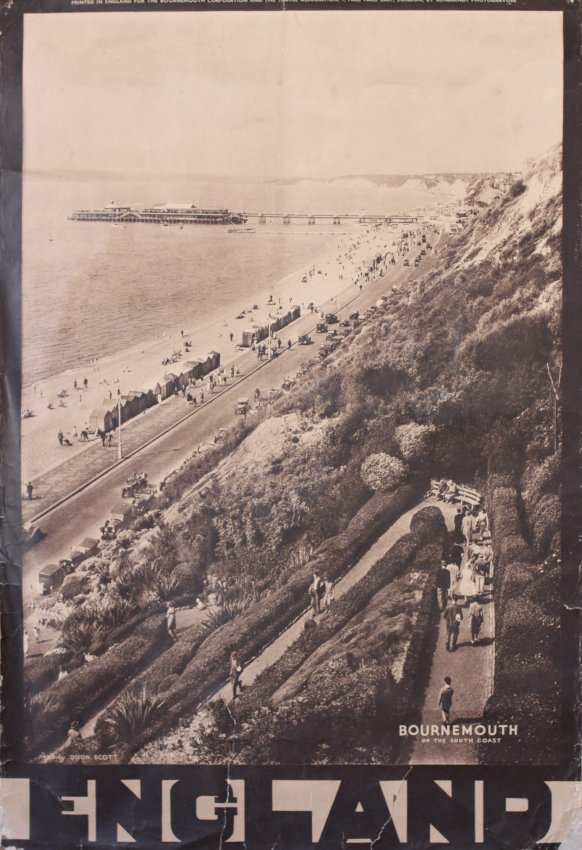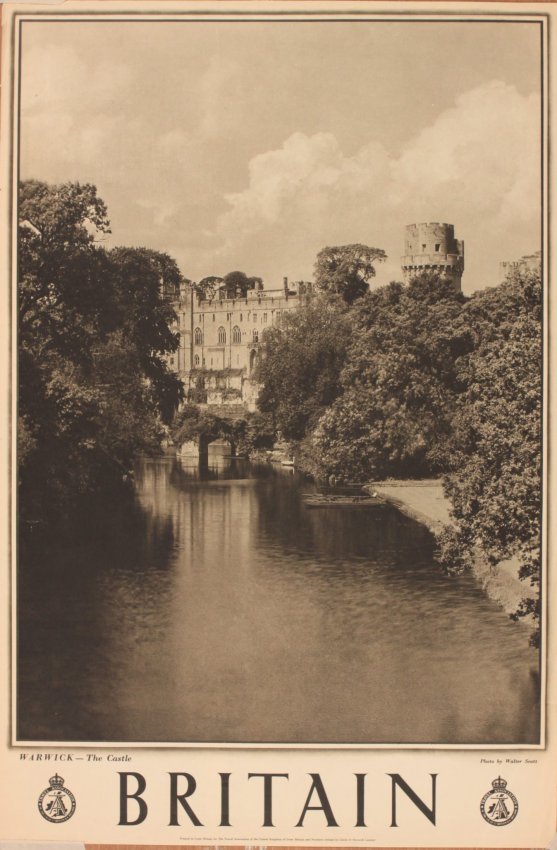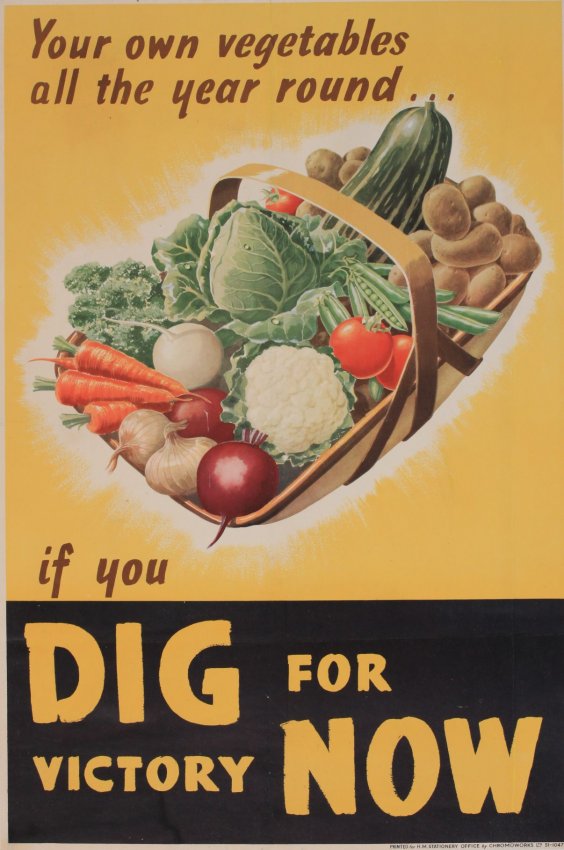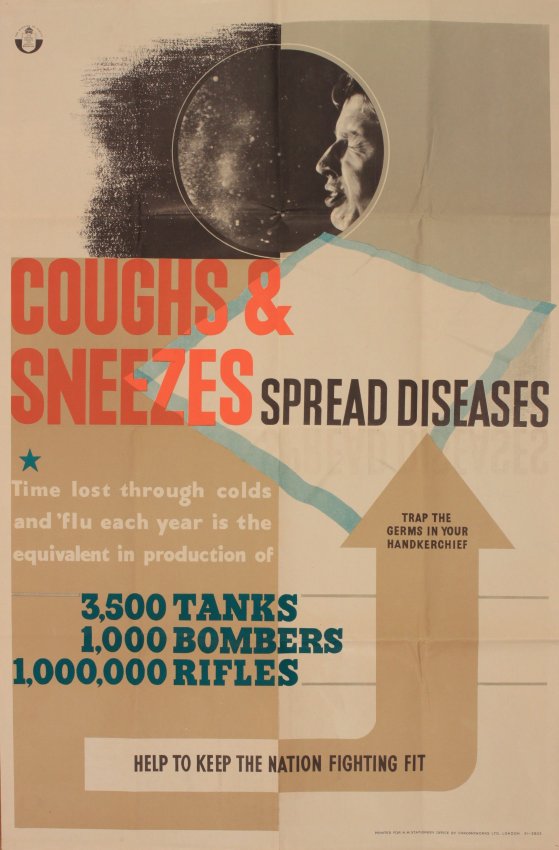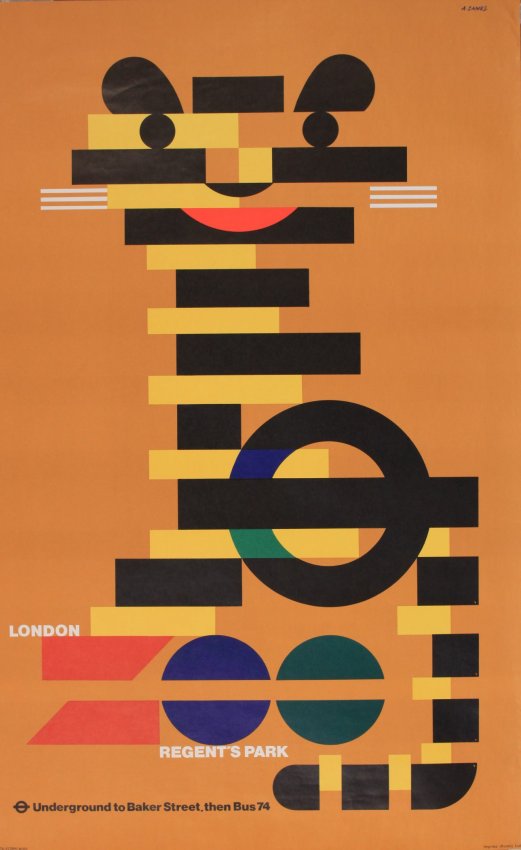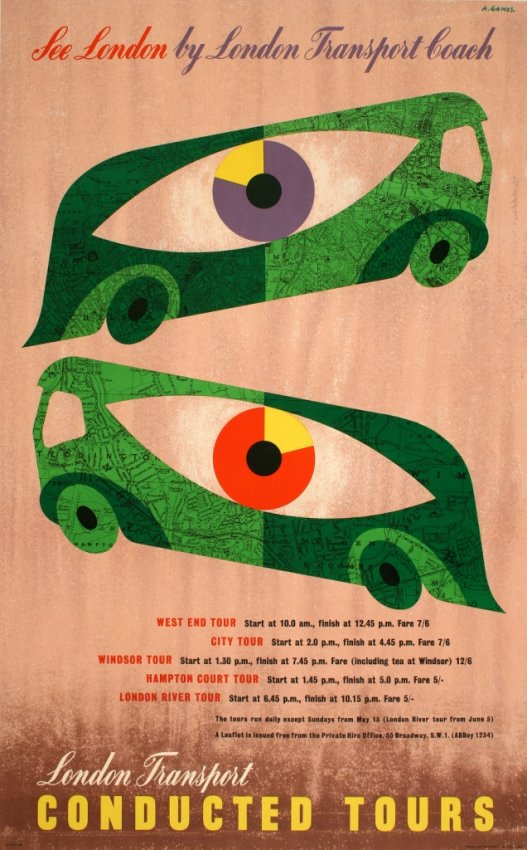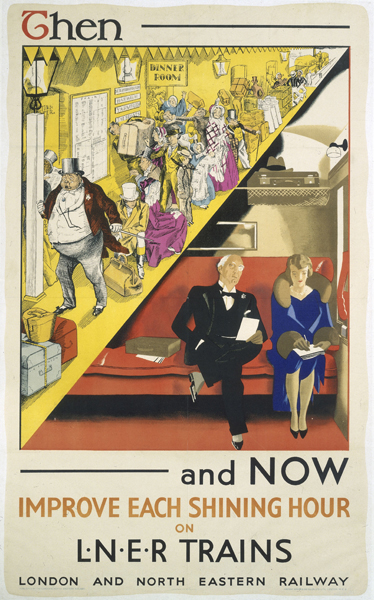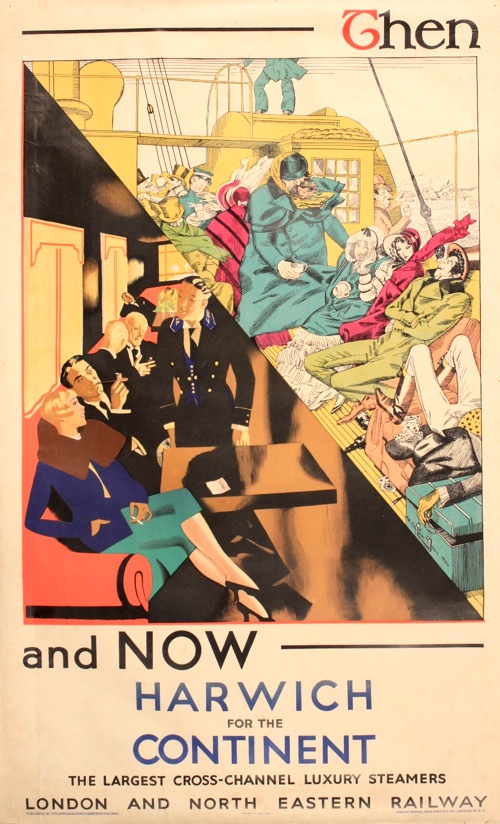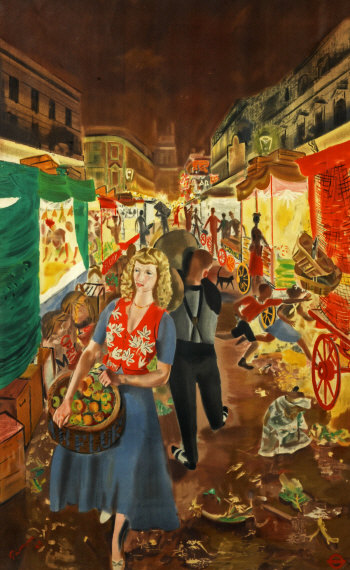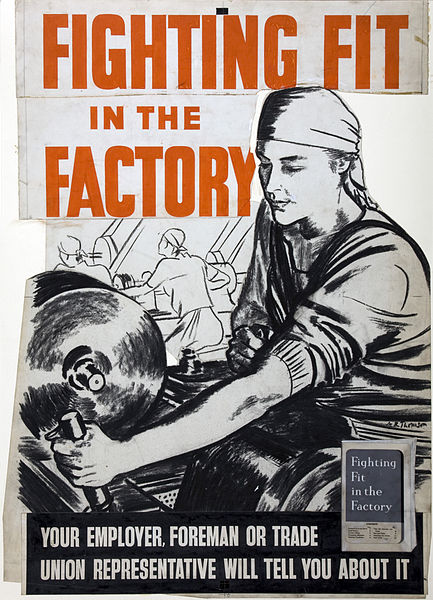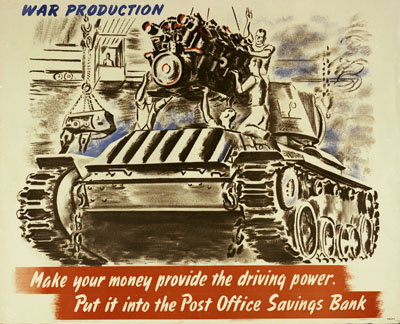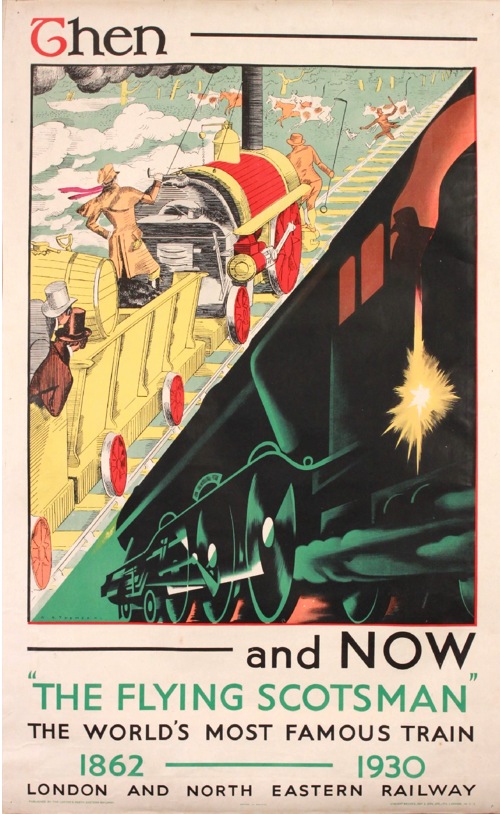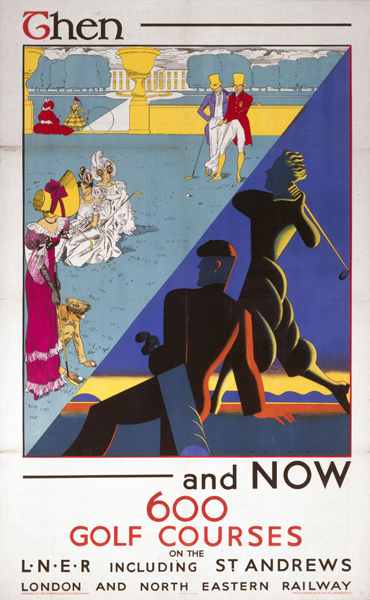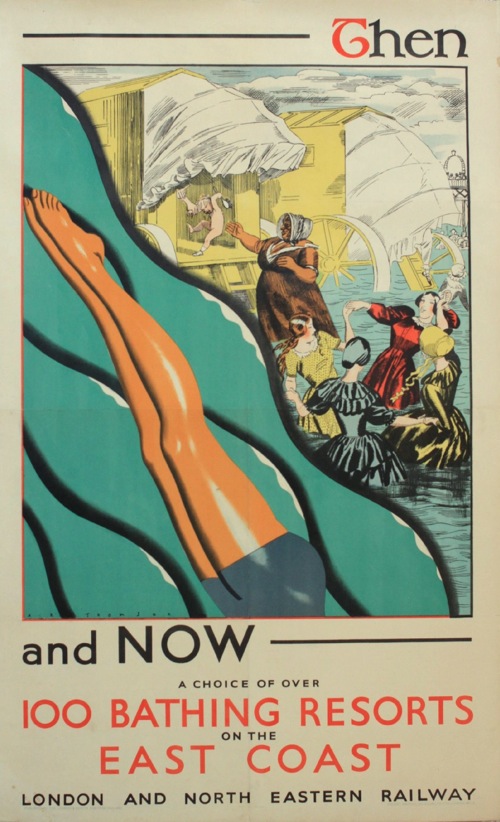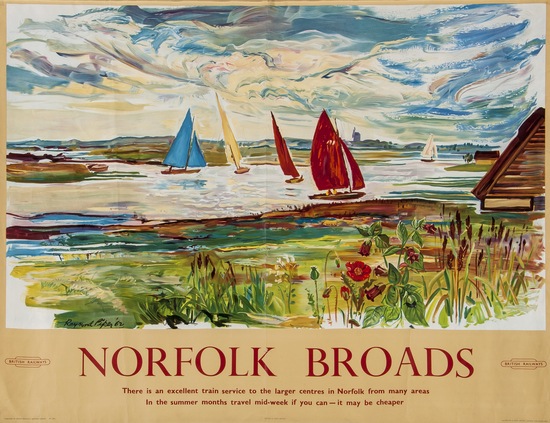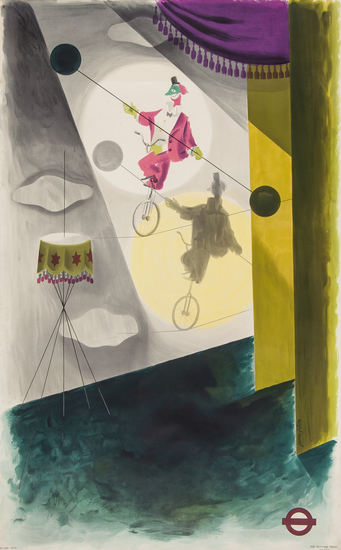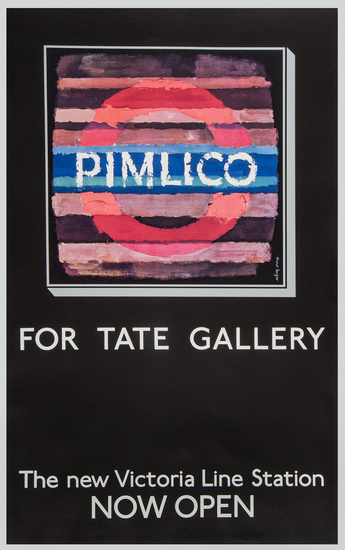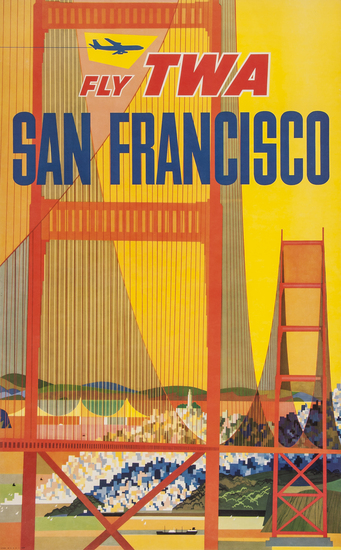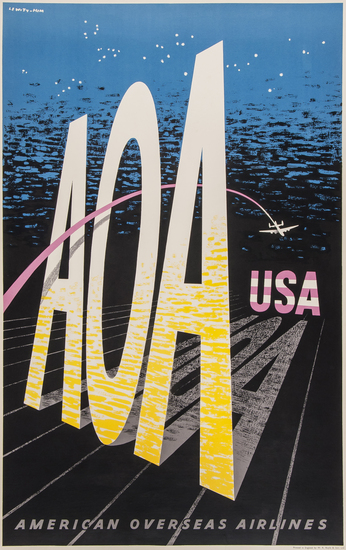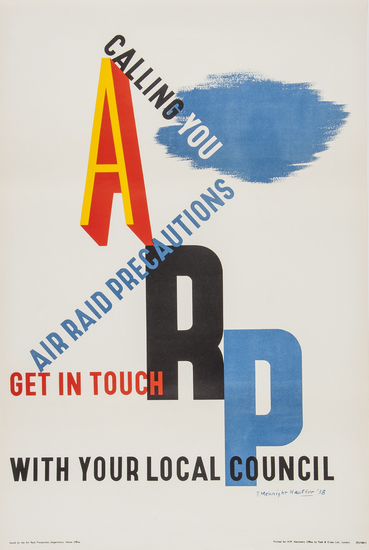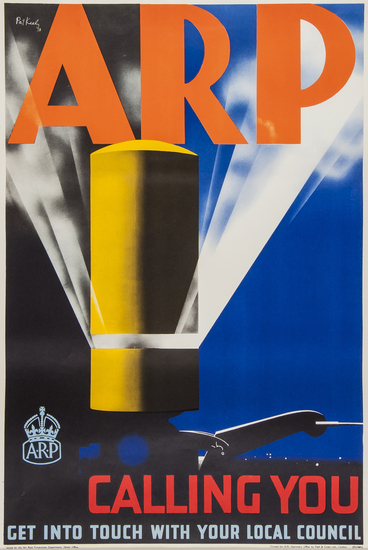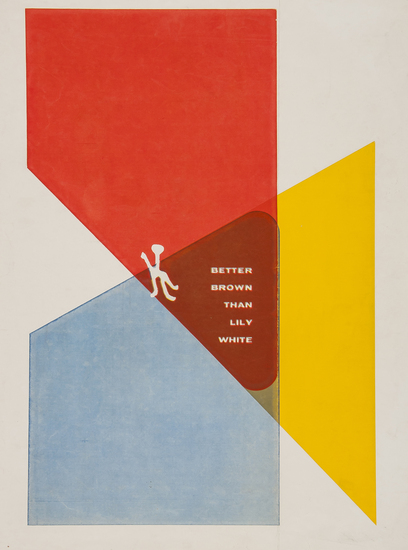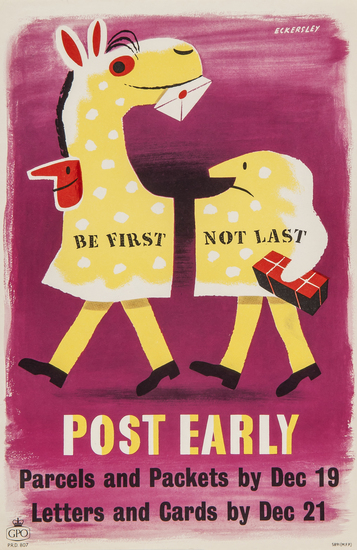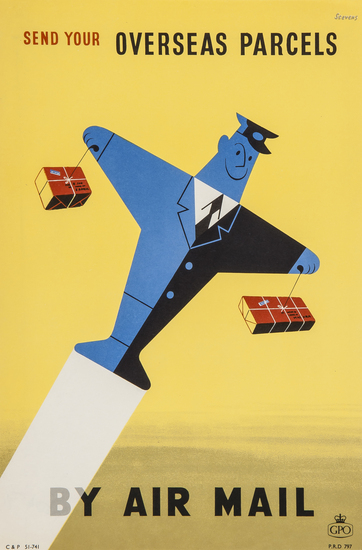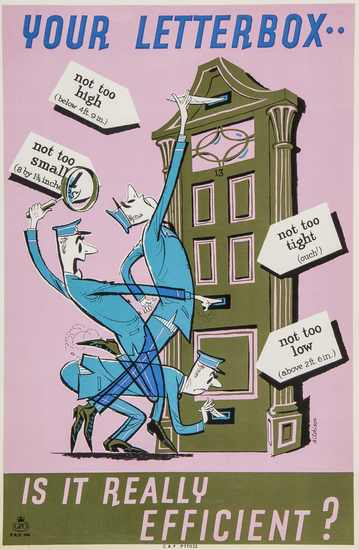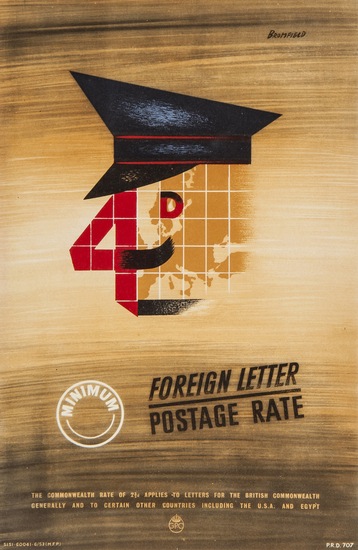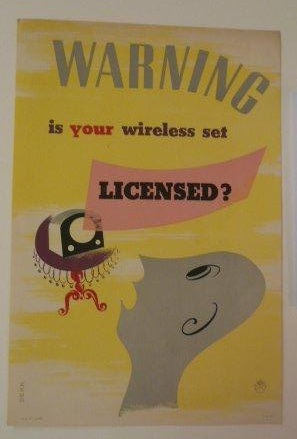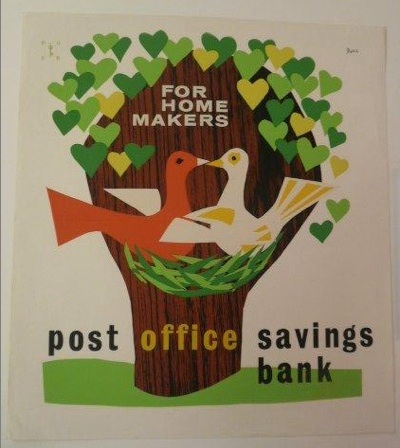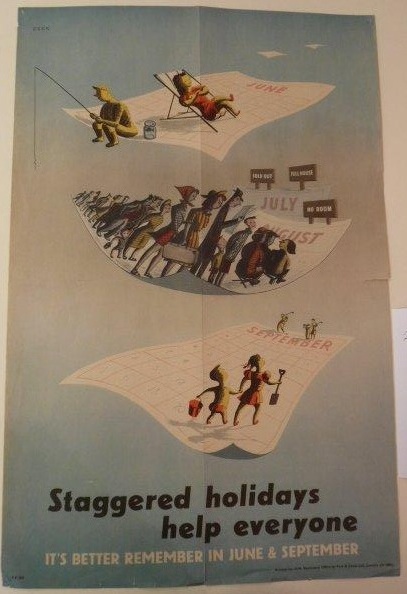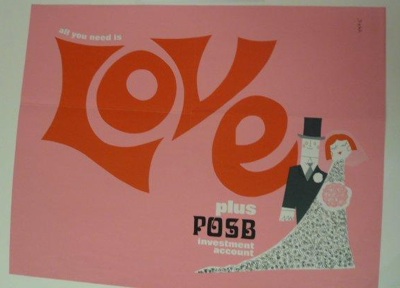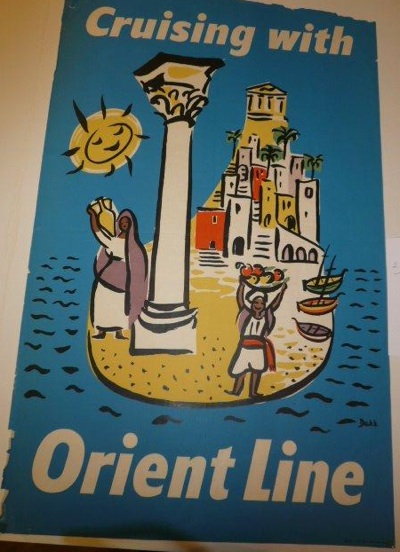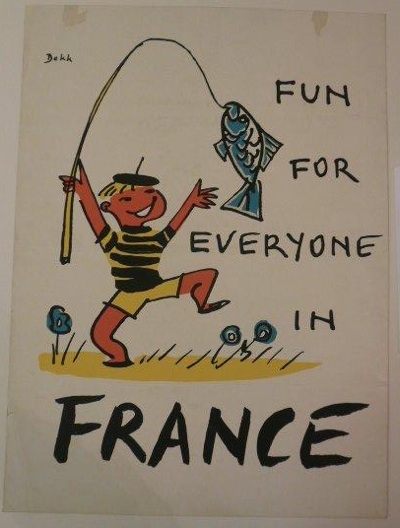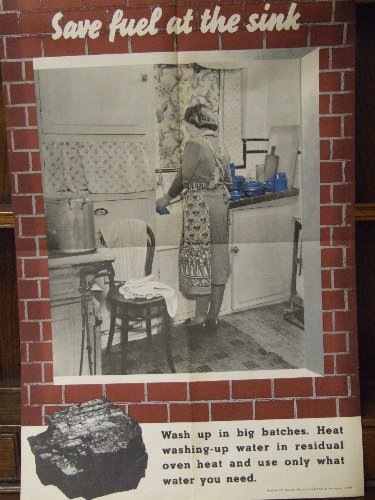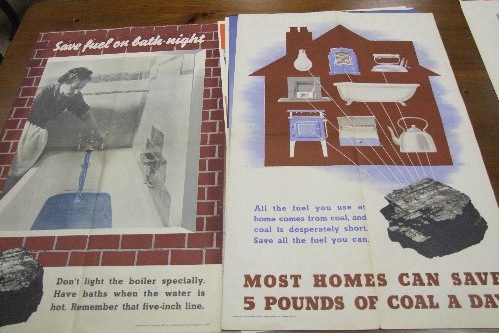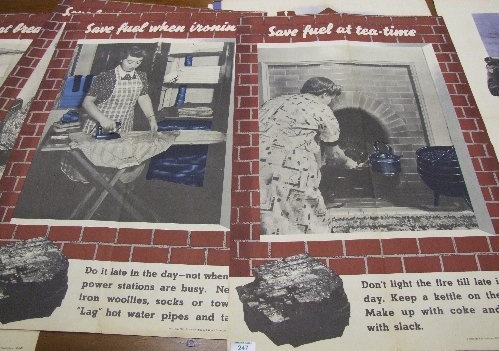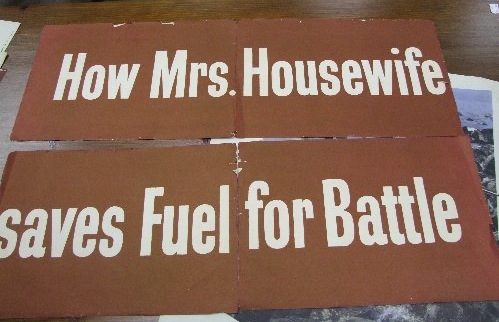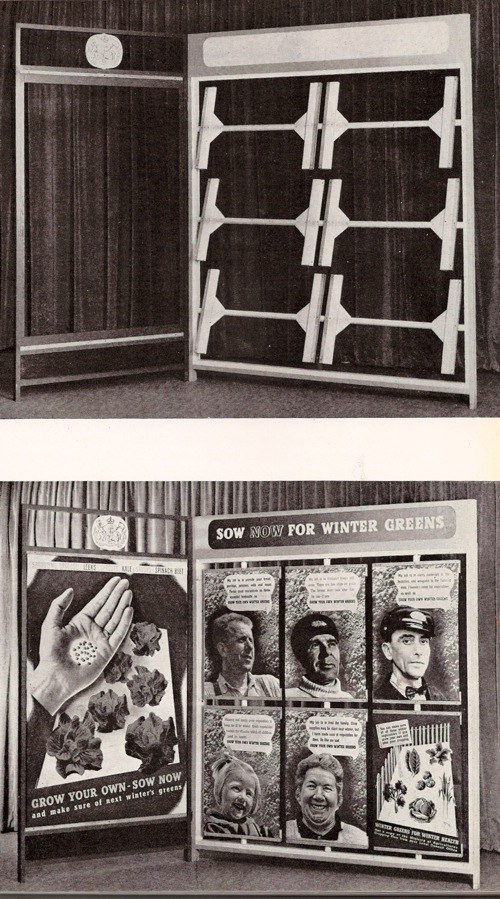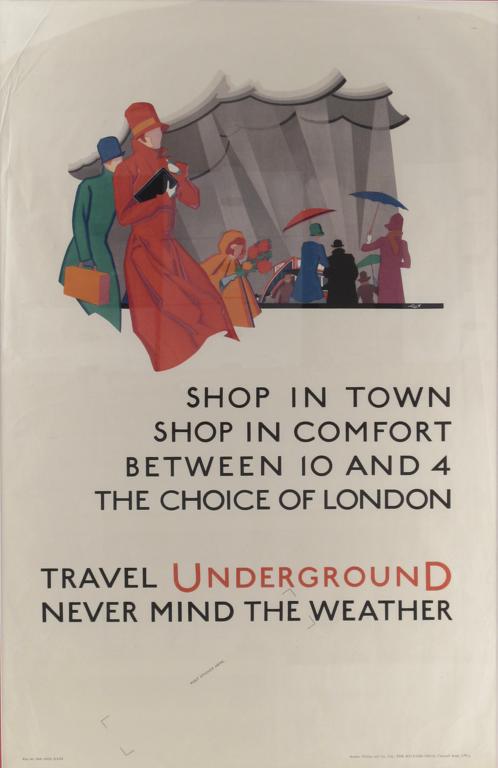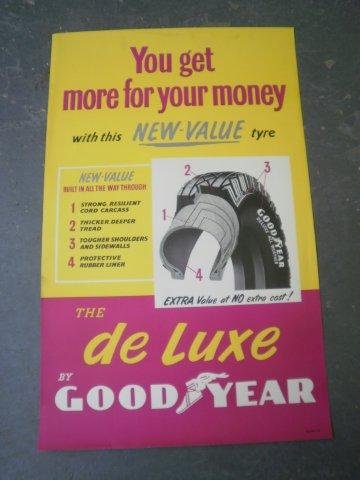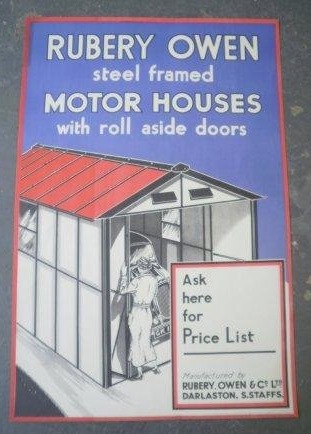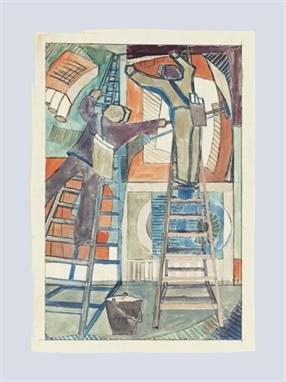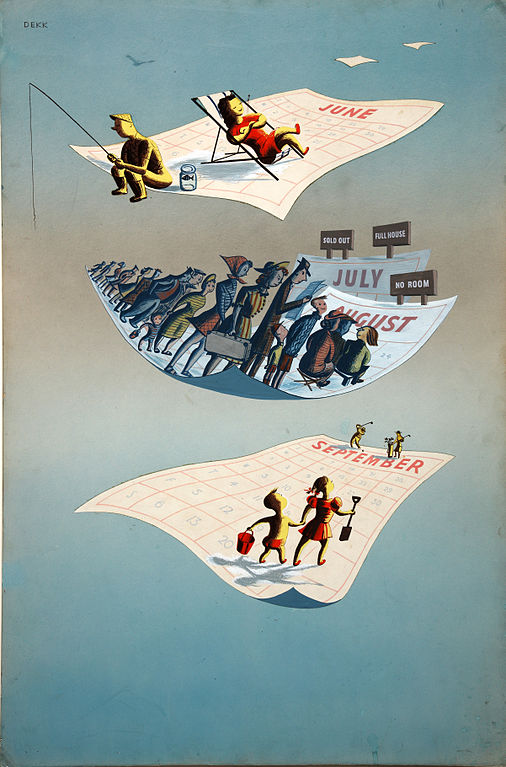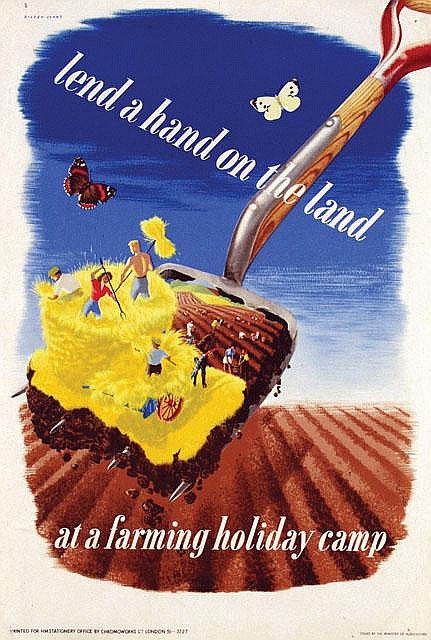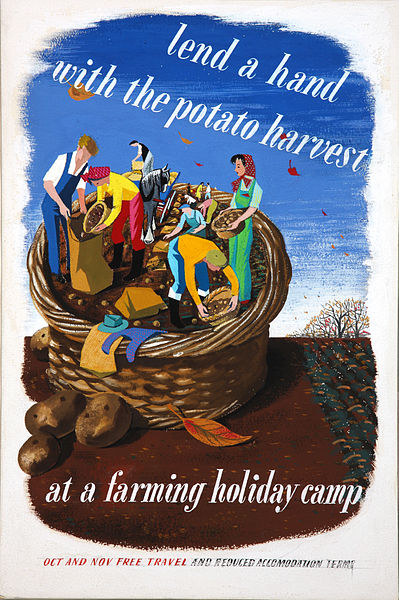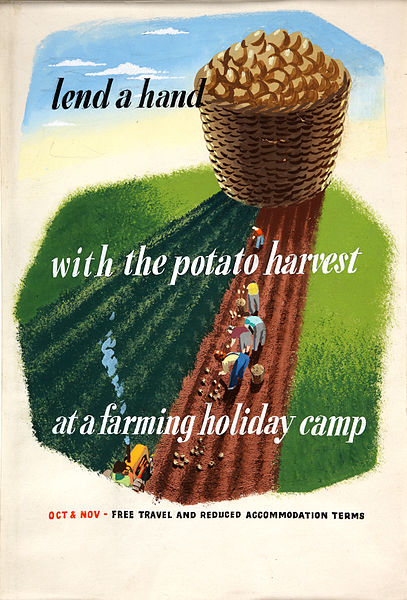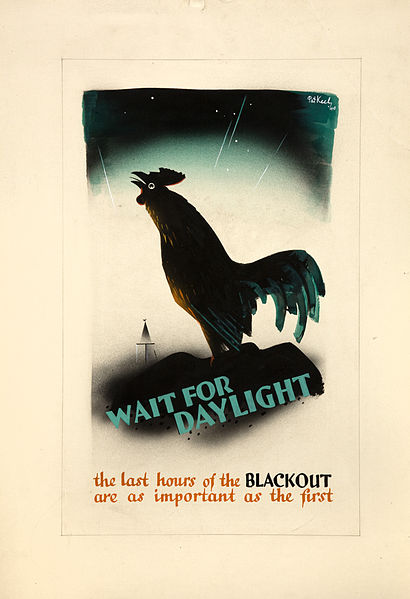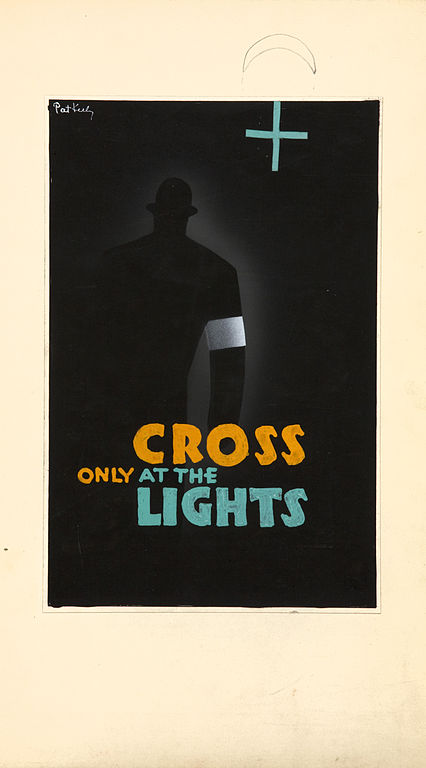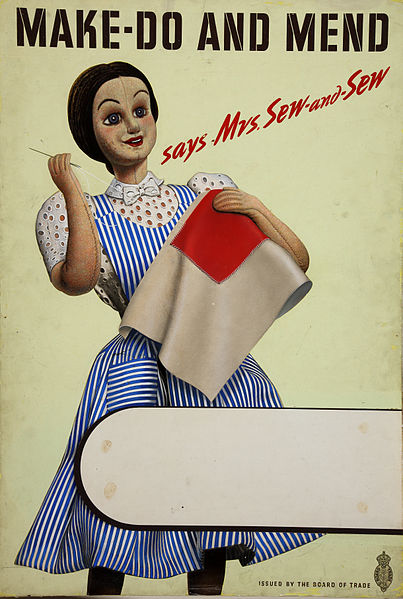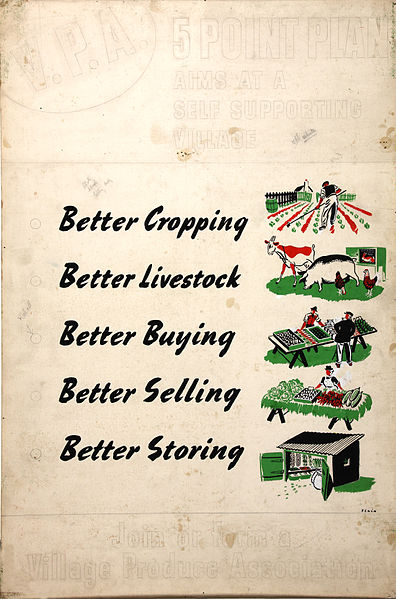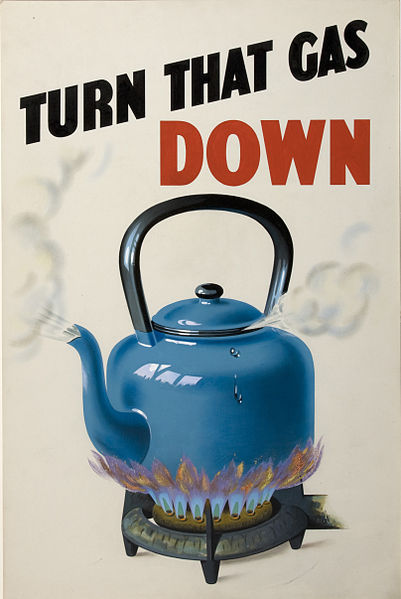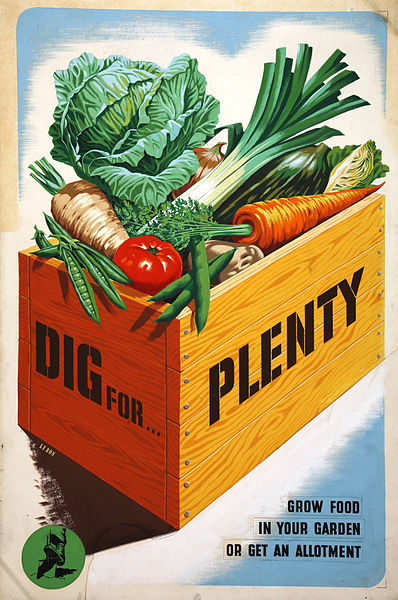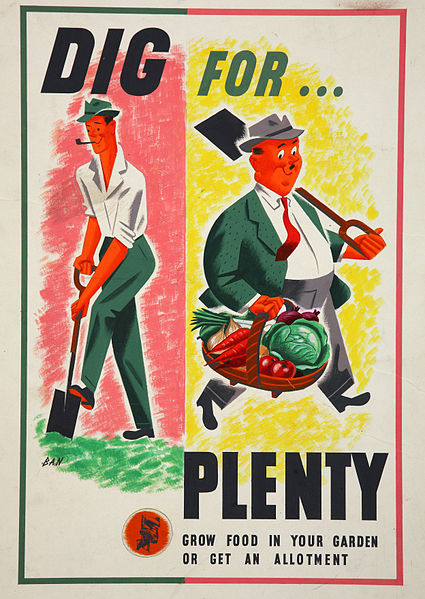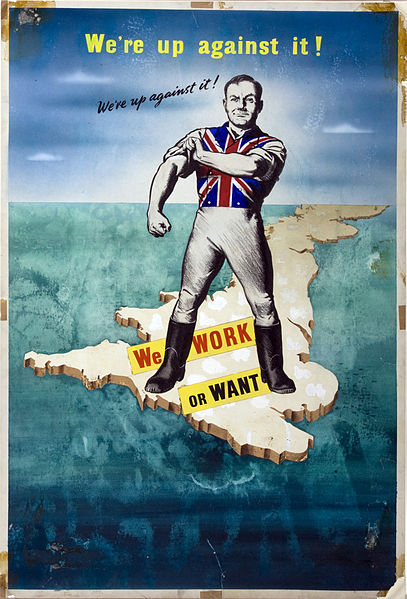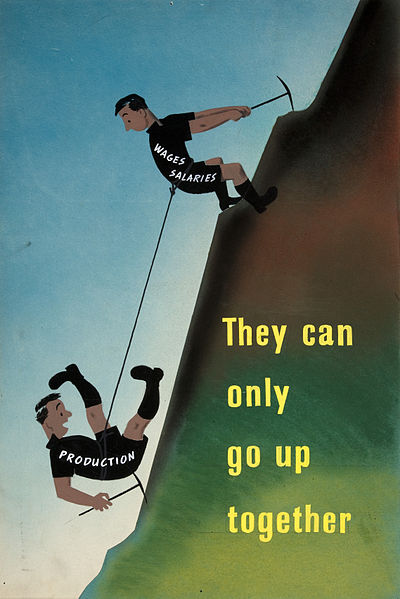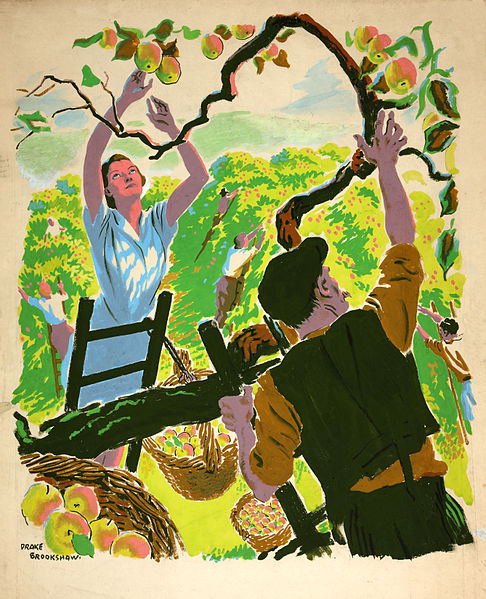The importance of being dull
Still the auctions keep coming at us. Although today’s first offering is a bit left field, as Lawrence’s of Bletchingly have a really quite massive set of World War Two Propaganda posters on offer in their next sale. But it’s a set of posters I rather like, mainly because they are very, very dull.
Take the one on the left, here. This is about strikes in the mining industry, which were a real problem during the war.
I doubt that would ever get illustrated, except perhaps in a fairly detailed book about the mining industry during World War Two. And that’s if they ever found a copy – it doesn’t seem to be in the IWM collections, certainly not in the digitised set anyway. And so it’s dull, but it’s actually quite important.
Sometimes it still boggles me that there is no complete record of what posters were produced during the war (I mean, what’s their excuse?) and, more than that, we still don’t really have any idea. So posters like this can just pop up and, perhaps, be seen for the first time since 1945. And so this poster may be dull, but it’s also important.
There are plenty more where that came from too.
This one isn’t in the IWM digitised collections either, but there are six copies in this auction.
The story of how they survived is as follows (with thanks to Lawrences for being so helpful).
The posterswere discovered in a chest of drawers which had been kept in a garage. Surprisingly they have survived on the whole in very good condition, although many do show signs of age and some appear to have been displayed at the time of the war. There are also many which have not been used and we can only guess were surplus to requirements. Two envelopes and some labels are visible within the collection and are addressed to HM Inspector of Taxes, Hendon. I should imagine that the collection had not seen the light of day for nearly 70 years.
From the selection offered, I am guessing that Mr Inspector of Taxes was an air raid warden, as a lot of the posters relate to that.
And I think we can see some official document here.
But he clearly got sent a lot of other stuff too, as what’s on offer covers a huge range from the run-up to the war, through to the war itself and then the financial aftermath as well.
There is only one poster that I would buy on aesthetic grounds, which is this classic Lewitt-Him.
Unlike most of the others, it has an estimate, in this case a fairly reasonable £100-200. Although it is in the slightly more lurid (and if I am remembering rightly, later) colour way and version, which I have to say I like less.
But that’s not the star turn. Because what else was in the drawer, but this?
And not once, but six times. Each now with an estimate of £400-600.
I have to say though, that I can’t really see the point of buying an original of these, unless you are a museum. Because restored, framed and on the wall, everyone is just going to assume that you’ve bought a reprint. And I can’t see the satisfaction of knowing that you have an original being worth several hundred quid. Although this is mainly because I can’t really see the point of buying it at all.
